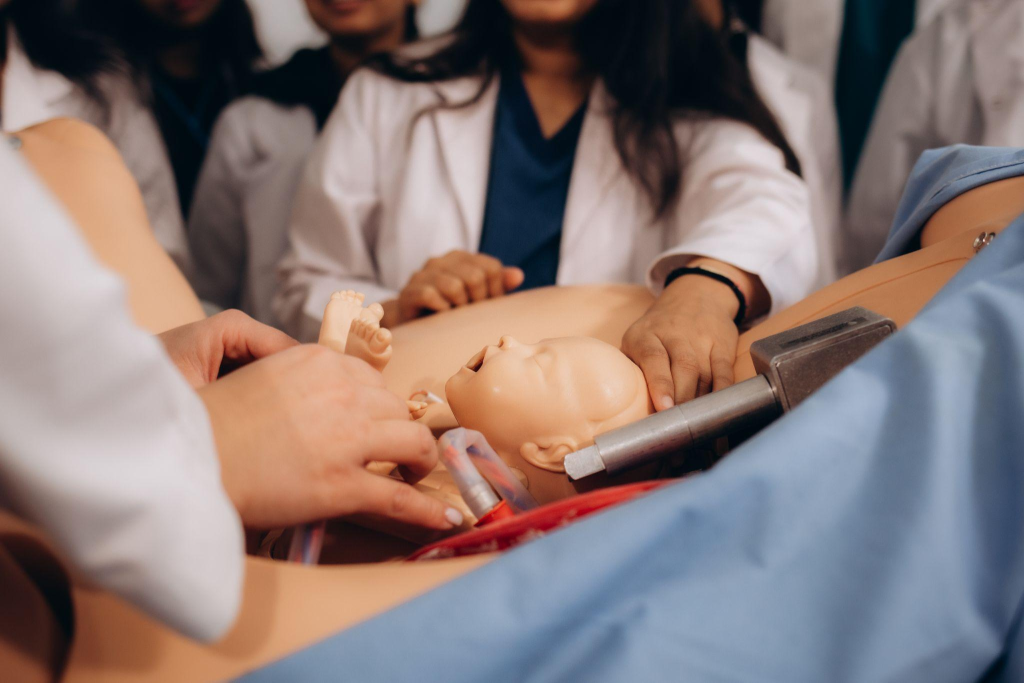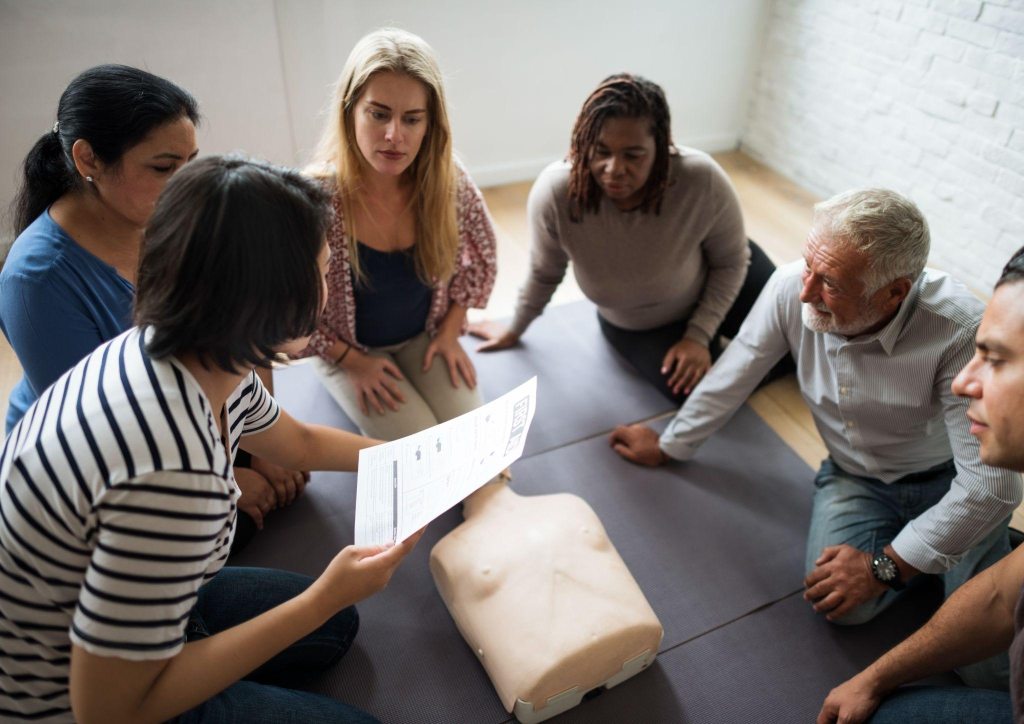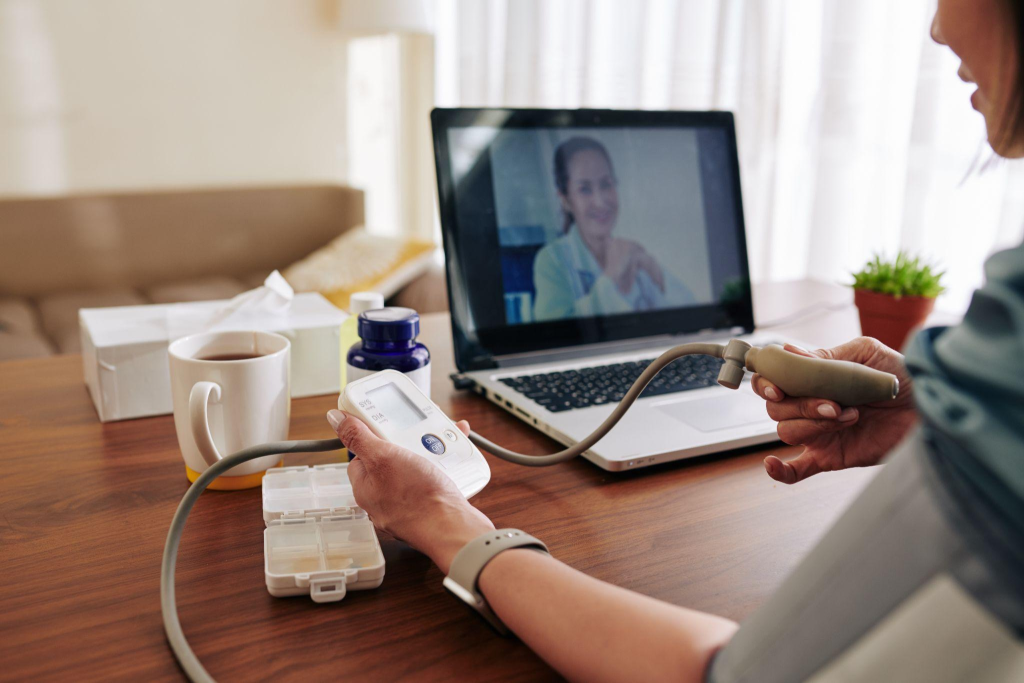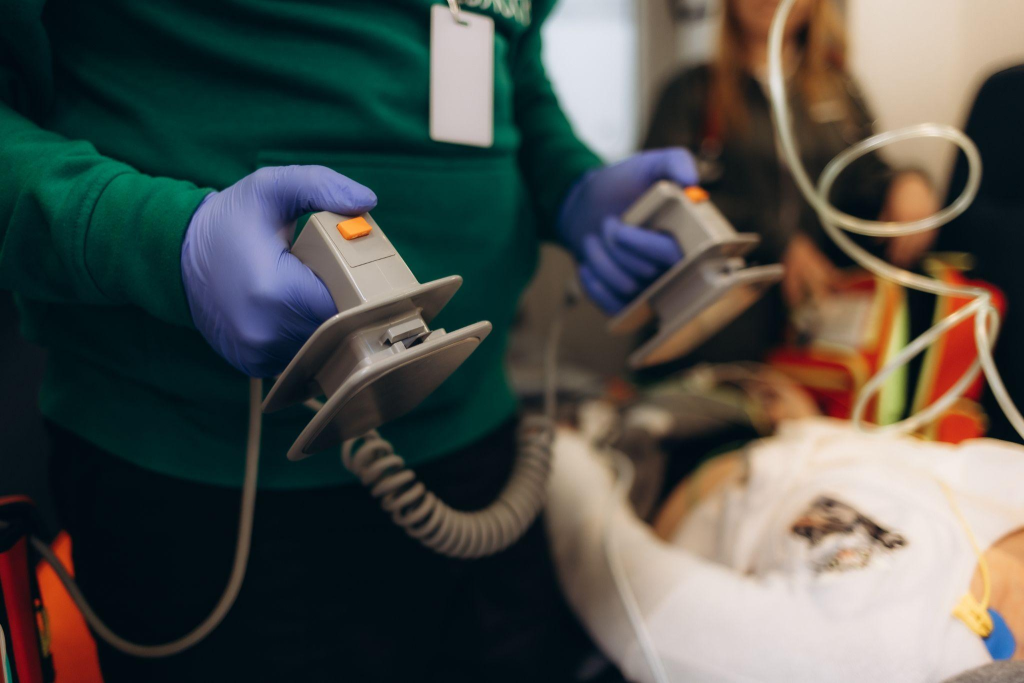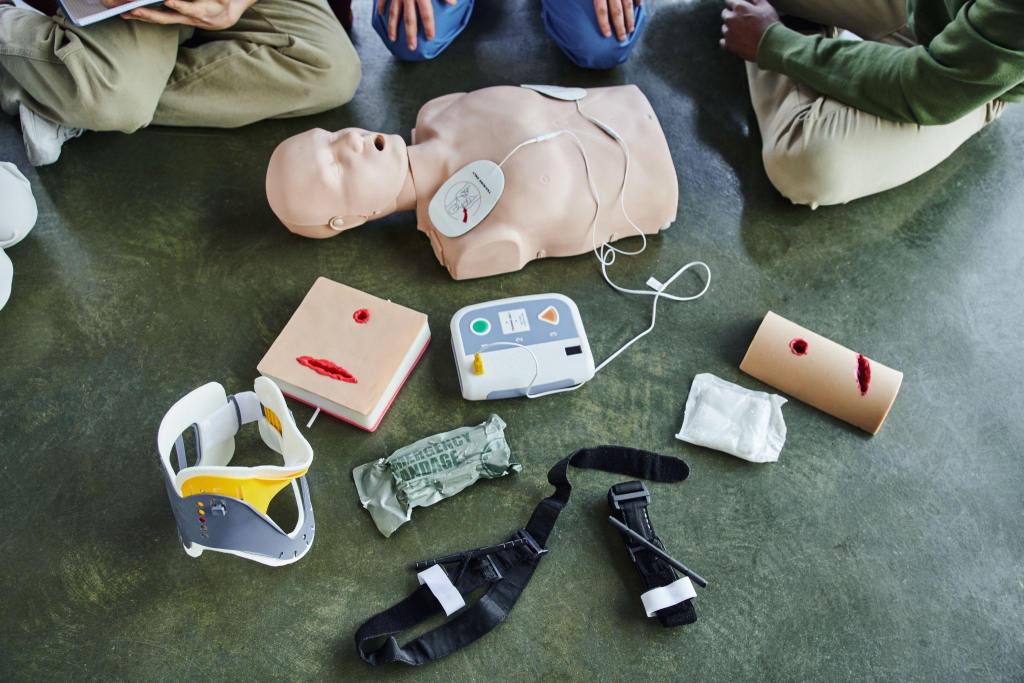The safety of our children is paramount, and in today’s unpredictable world, it’s more crucial than ever for schools to be prepared for emergencies. Implementing emergency preparedness measures can make a significant difference in how well schools handle unforeseen events, ensuring the safety and well-being of students and staff alike. In this guide, we’ll explore how training educators and staff in pediatric first aid, along with creating comprehensive emergency response plans, can play a pivotal role in school emergency preparedness.
The Importance of Emergency Preparedness in Schools
Emergencies can strike at any time, whether it’s a medical emergency, a natural disaster, or an act of violence. Schools must be ready to respond effectively to protect their students and staff. Proper emergency preparedness ensures that everyone knows their role and can act swiftly, minimizing panic and confusion. For educators, being well-prepared can mean the difference between managing a crisis calmly and experiencing chaos.
Training Educators and Staff in Pediatric First Aid
Why Pediatric First Aid is Essential
Children are not just small adults; they have unique medical needs and vulnerabilities. Pediatric first aid training equips educators with the skills to handle a variety of medical emergencies that can occur in a school setting. This training includes managing choking incidents, performing CPR on children, and recognizing signs of severe allergic reactions.
Benefits of Pediatric First Aid Training
Immediate Response: Quick and effective response to medical emergencies can save lives. When educators are trained in pediatric first aid, they can provide critical care before professional medical help arrives.
Confidence and Preparedness: Training instills confidence in teachers and staff, allowing them to act decisively and calmly in emergency situations. This can help reduce anxiety and stress among students and staff.
Legal and Ethical Responsibility: Schools have a duty of care to their students. Being trained in first aid ensures that educators can fulfill this responsibility, providing a safer environment for all.
How to Get PALS Certification Online
Obtaining Pediatric Advanced Life Support (PALS) certification online is a convenient and efficient way for educators to gain necessary skills. Websites like Affordable ACLS offer comprehensive PALS certification courses that educators can complete at their own pace. These courses cover critical topics such as advanced resuscitation techniques and managing pediatric emergencies, ensuring that educators are well-prepared for any situation.
Creating Emergency Response Plans for Schools
Components of an Effective Emergency Response Plan
An emergency response plan is a detailed guide that outlines the actions to be taken during various emergency scenarios. Key components include:
Risk Assessment: Identifying potential hazards and assessing the likelihood and impact of different types of emergencies.
Clear Procedures: Detailed step-by-step procedures for responding to emergencies, including evacuation routes, lockdown protocols, and communication strategies.
Roles and Responsibilities: Assigning specific roles and responsibilities to staff members, ensuring that everyone knows their duties during an emergency.
Developing and Implementing the Plan
Collaboration and Input: Involve a wide range of stakeholders, including teachers, administrators, parents, and local emergency services, in the development of the plan. Their input can provide valuable insights and ensure that the plan is comprehensive.
Regular Training and Drills: Conduct regular training sessions and emergency drills to ensure that everyone understands the plan and can execute it effectively. Practice makes perfect, and regular drills help identify any gaps or areas for improvement.
Continuous Evaluation and Updates: An emergency response plan should be a living document, regularly reviewed and updated to reflect new information, changing circumstances, and lessons learned from drills and real incidents.
Integrating Technology in Emergency Preparedness
Technology can play a crucial role in enhancing school emergency preparedness. From communication tools to data management systems, technology can streamline response efforts and improve coordination.
Communication Tools
Mass Notification Systems: Implementing mass notification systems allows schools to quickly communicate with staff, students, and parents during an emergency. These systems can send alerts via text, email, and phone calls, ensuring that everyone receives timely information.
Two-Way Radios: Two-way radios provide reliable communication among staff members, especially during power outages or when cell networks are down. They ensure that key personnel can stay in contact and coordinate their actions.
Data Management Systems
Student Information Systems (SIS): An SIS can store important student information, including medical histories, emergency contacts, and special needs. Having quick access to this information can be critical during an emergency.
Real-Time Location Systems (RTLS): RTLS can track the locations of students and staff within the school, providing valuable information during evacuations or lockdowns.
Building a Culture of Preparedness
Creating a culture of preparedness involves more than just having plans and training in place. It requires fostering an environment where safety is a priority and everyone feels responsible for emergency readiness.
Encouraging Participation
Engage Students: Teach students about the importance of emergency preparedness and involve them in drills and discussions. Empowering students with knowledge and skills can boost their confidence and help them stay calm in emergencies.
Involve Parents: Keep parents informed about the school’s emergency plans and encourage them to participate in preparedness activities. Their support and involvement can enhance the overall effectiveness of the school’s emergency response efforts.
Promoting Awareness
Emergency Preparedness Week: Dedicate a week each year to focus on emergency preparedness. Organize activities, workshops, and presentations to educate the school community about different aspects of emergency response.
Safety Committees: Establish safety committees that include representatives from staff, students, and parents. These committees can regularly review and update emergency plans, ensuring that they remain relevant and effective.
Conclusion
In today’s world, school emergency preparedness is not just an option—it’s a necessity. By training educators and staff in pediatric first aid, creating comprehensive emergency response plans, and leveraging technology, schools can significantly enhance their readiness to handle emergencies. Building a culture of preparedness further ensures that every member of the school community is equipped to contribute to a safe and secure learning environment.
For schools looking to take their emergency preparedness to the next level, consider enrolling your staff in an online PALS course through Affordable ACLS. With expert curation and flexible online options, your team can gain the necessary skills to protect your students effectively.
Remember, preparation is the key to safety. Start building your school’s emergency preparedness plan today and create a secure environment for your students to thrive.




